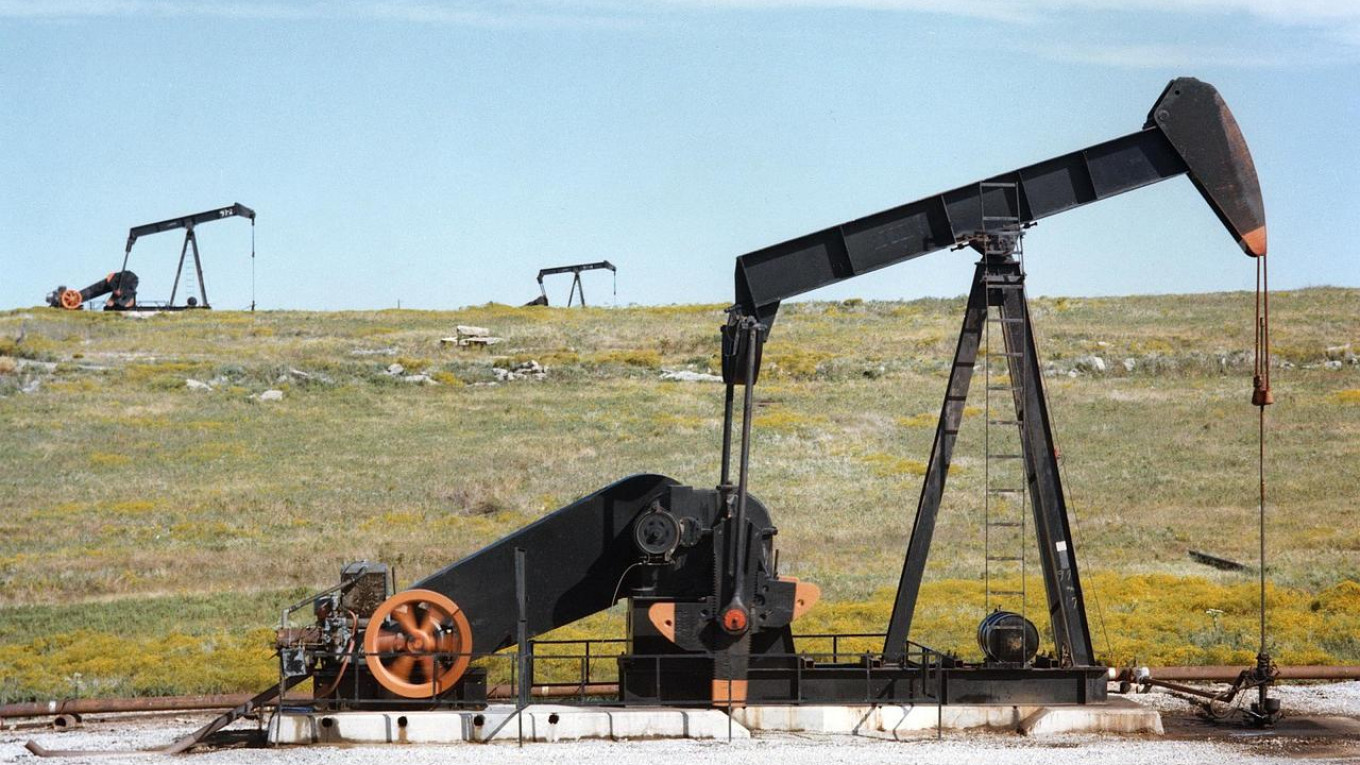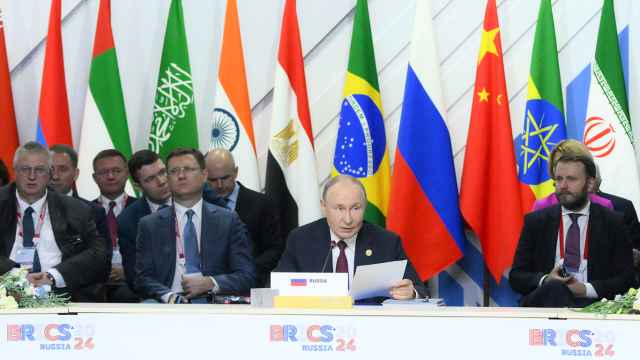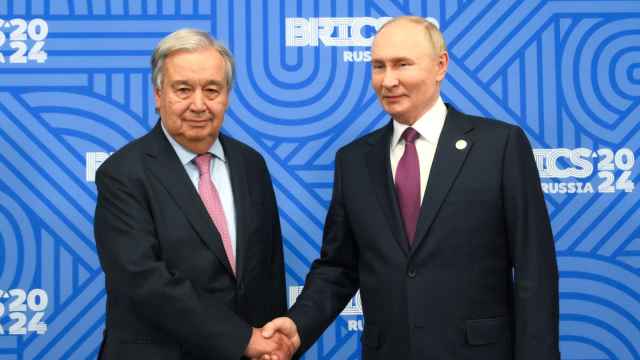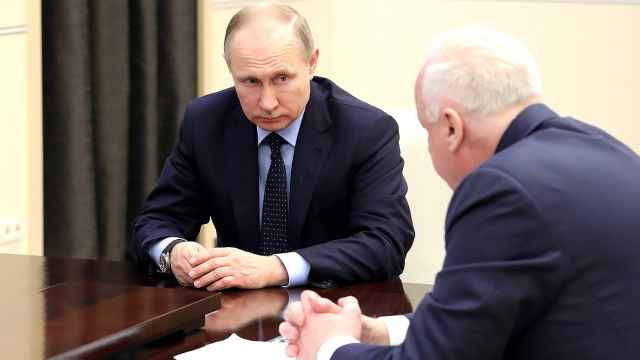Russia is the world’s biggest oil exporter (with crude and oil products combined) and it is earning approximately $5 billion more per month with the price of oil in the mid $60s than it would with a price in the mid $40s, the level at which the federal budget is based.
So why does it appear the government is not comfortable with the current oil price, which surged from just over $50 per barrel in early October to under $64 on the back of rising tensions in the Middle East? And why might Russia not agree to an extension of the production deal with OPEC, in an effort to bring the price back below $60?
At first glance that certainly seems like a crazy position to take.
But, when viewed in the context of the global oil and renewable energy market trends and, especially, against the backdrop of Russia’s changing fiscal and industrial priorities, it makes perfect sense.
Russia’s oil minister, Alexander Novak, indicated in early October that he favored extending the OPEC-Russia production deal into late 2018 (from the expiry in March) because it was slowly restoring supply-demand equilibrium and needed some more time to be effective.
But that was when the price of Brent was drifting in the $50 to $55 range, which suits Russia’s best interests. If oil were to fall back to the mid $50s when the current deal ends, then Moscow would likely support an extension.
But, if oil stays in the $60-65 range, or higher, then support for a deal extension is very unlikely. There are six reasons for that counter-intuitive position:
First, it creates a risk of another collapse in 2018. The higher price of oil then raises the risk of more investment into, for example, U.S. shale and Canadian Sands projects, which, as was seen in 2014, risks a big increase in global supply.
One of the reasons why the oil price has been well supported in the mid-$50s in quarter three is because of the disruption to US production due to the flooding and storms in states such as Texas. That lost production is now coming back and the growth rate could be much higher if more projects are made commercially viable with oil trading in the $60s or higher.
The International Energy Agency reported that total U.S. oil output fell to an average of 12.9 million barrels per day in quarter three this year. It expects production to average 14.1 million per day in quarter two next year, or an increase of 1.2 million barrels per day. It has already said that, with $65 oil, it will raise its forecast for later in 2018 and 2019 much higher.
Moscow has had to deal with the economic and social consequences of two recent oil price collapses, from 2008 to 2009 and since 2014. The former was relatively short-lived while the latter was blended with the sanctions and blamed on Western economic warfare. The damage from a third collapse would likely greatly outweigh the financial gains to be made from higher oil in the meantime.
Second, higher oil boosts alternative energy investment. Looking beyond the medium term, the higher oil price also boosts funding for alternative energy projects, such as renewables, and in the development of more efficient and cheaper electric engines and batteries.
That was very clear from 2010 to 2013.
There has been a slowing of the investment momentum since the price of oil fell steeply in late 2014 and in 2015. A more stable price in the mid $50s would preserve the hydrocarbon-renewables ratio for much longer than would be the case with a much higher oil price.
Third, Russia is more focused on economic diversification. Russia saw that the oil-driven growth model, which created the boom that drove the value of Russian GDP from $199 billion in 1999 to almost $2.25 trillion in 2013, had already become much less effective after 2013. The economy had started to outgrow oil.
In 2013, Russia’s GDP grew by only 1.3 percent or one-third that of two years earlier. That was despite the price of oil remaining close to $110 per barrel all year.
Russia now needs to focus more on diversification and boosting economic and industrial efficiency. The “laziness” and “complacency” which comes with higher oil revenues could damage that program and slow the currently positive momentum.
Fourth, the deal may make it harder to prevent ruble appreciation. The fiscal rule is working in that the rising oil price is not pulling the ruble higher. Historically there was a close correlation between the ruble and oil but that is now broken.
In the past a rise in the oil price boosted the ruble exchange rate, but in the last three months Brent went from $56.5 to $64 while the ruble-dollar rate went from 57.5 to more than 60.
The Kremlin administration and government officials have been consistent in their message that a weaker ruble is much better for the economy than a higher ruble. The weaker ruble boosts competitiveness and helps both export-orientated industries and reduces import demand.
The fiscal rule mechanism means that the finance ministry is converting more rubles into foreign currencies the higher oil taxes go, and in doing so increases downward pressure on the ruble. So far that is working.
The price of oil has appreciated almost 15 percent since the start of October while the ruble has lost 3 percent value against the dollar. Per the fiscal rule, such a move in the oil price would have driven the ruble-dollar rate to 49.
The fear is that oil in the mid $60s or higher would create more speculative interest in ruble assets and, possibly, would make the fiscal rule mechanism less effective.
Next is that the deal could increase pressure for more spending. Currently there is a debate over what should be the next government’s budget policy.
The debate is essentially between the fiscal conservative and spending reform agenda, sponsored by former Finance Minister Alexei Kudrin, and the more expansionist plan, sponsored by the Stolypin Club and supported by the big state sector companies. Higher oil revenues would make a compromise more likely and further reduce the momentum towards budget reform.
Lastly, Russia has made the move from oil dependency.
In part because of evidence which started to emerge in 2013, that oil was no longer a powerful growth driver, and partly because of the actions forced on Russia by the 2014 sanctions, the country has now started to more seriously move on from the previous hydrocarbon dependency.
This year less than 40 percent of budget revenue will come from oil and gas taxes, compared to 51 percent in 2014. The budget, based on the fiscal plan, is on course to balance at an oil price of approximately $44 in 2021. It needed $115 in 2013.
All of this compares a lot more favorably with the typical OPEC country model and are powerful reasons why Moscow is today more comfortable with a sustainable price in the $50s than closer to the mid-$60s.
Read more at bne.eu
A Message from The Moscow Times:
Dear readers,
We are facing unprecedented challenges. Russia's Prosecutor General's Office has designated The Moscow Times as an "undesirable" organization, criminalizing our work and putting our staff at risk of prosecution. This follows our earlier unjust labeling as a "foreign agent."
These actions are direct attempts to silence independent journalism in Russia. The authorities claim our work "discredits the decisions of the Russian leadership." We see things differently: we strive to provide accurate, unbiased reporting on Russia.
We, the journalists of The Moscow Times, refuse to be silenced. But to continue our work, we need your help.
Your support, no matter how small, makes a world of difference. If you can, please support us monthly starting from just $2. It's quick to set up, and every contribution makes a significant impact.
By supporting The Moscow Times, you're defending open, independent journalism in the face of repression. Thank you for standing with us.
Remind me later.








